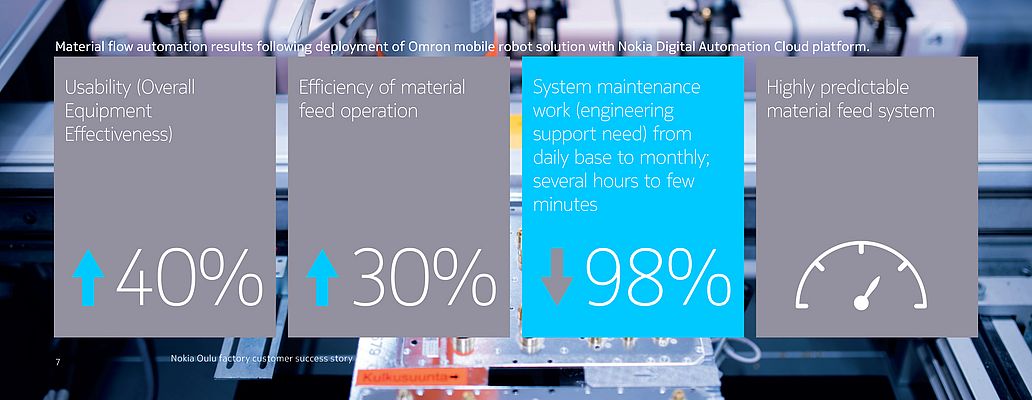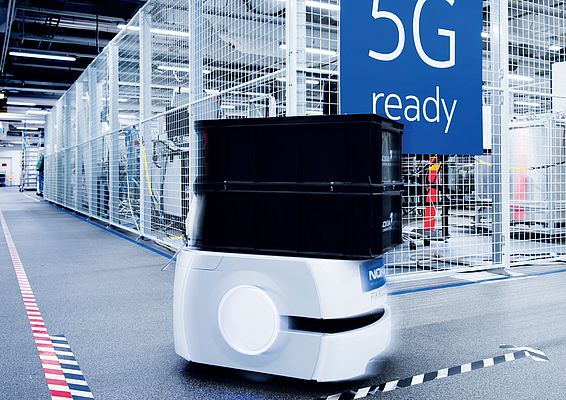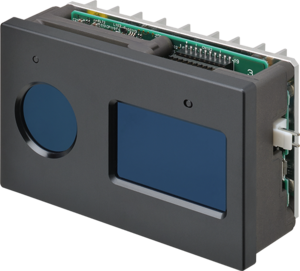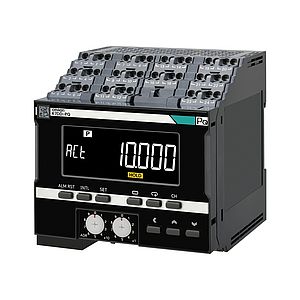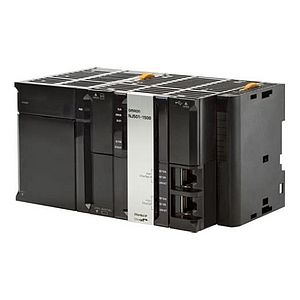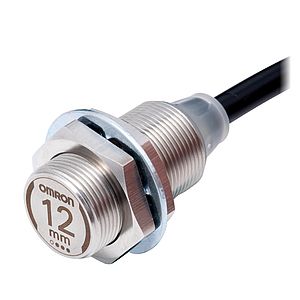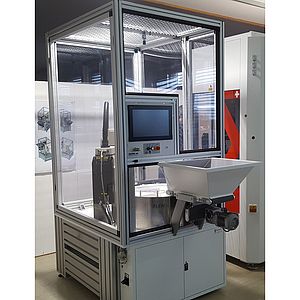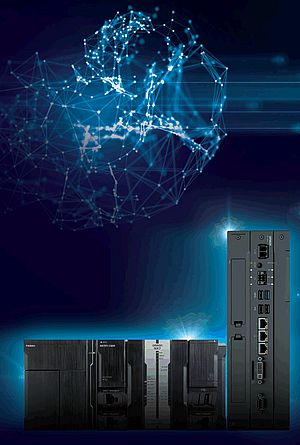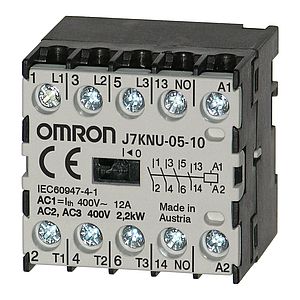Enabling the smart factory: responsive, adaptive, connected Nokia factory in Oulu, Finland manufactures and designs the production processes for a variety of telecommunication products like base stations that, once optimized, can be transferred and scaled to other production facilities worldwide. With new products flowing in monthly to be tested, including future 5G products, changes to the factory floor layout are constant and flexibility is paramount.
Traditionally, Oulu Factory has managed machine and device telecommunications through ethernet cables – and as the factory floor changes, so do the cable requirements, adding significant costs in rewiring work. Increasing the level of automation was thus a key objective – not only in production but also in the material feed, which had been done manually until now.
One of the enablers for automating the material flow is the Omron LD Autonomous Intelligent Vehicle (AIV), which delivers material from the storage to the production line, without any human interference. The AIV was initially connected to a separately dedicated Wi-Fi network along a fixed route from storage to production. However, when the AIV was taken into daily use, it soon became apparent that network coverage was insufficient along the route and connectivity was lost during handovers. When the connection is lost, the AIV must be manually reconnected to the WiFi for a new task to be completed. This resulted in inefficient material feed to the production line and tied up personnel.
Reliable automated material feed with private wireless network
Ensuring a pervasive connectivity was essential for Oulu Factory in their automation journey and selected Nokia Digital Automation Cloud platform, a private LTE solution, to be installed.
The Omron AIV settings were simply adjusted for LTE connectivity and automation of the material transportation has since improved significantly. Resources previously tied up in AIV support can now be employed elsewhere (see graph for results). Likewise, with private LTE coverage, the AIV is no longer restricted to its fixed Wi-Fi network area but can now be utilized anywhere on the factory floor, without requiring separate network reconfiguration. As network capacity has increased, Oulu Factory is also considering a fleet of connected AIVs to perform various tasks on the shop floor. “This kind of pervasive connectivity now unlocks the potential for a host of other use cases within the same network,” says Erno Marjakangas, head of excellence and development, Nokia Oulu factory. “In addition to the mobile robots, we’ve already connected various production testers and sensors and we’re investigating other use cases such as video analytics in the assembly process, wireless manufacturing robotics and digital twins for optimization of production operations”.
Gain measurable benefits from IoT deployments instantly
“We’re excited by the ease with which Nokia was able to connect LD mobile robots to the Oulu Factory’s private LTE network. These flexible LD mobile robotics platforms enable end customers like Nokia to implement new supporting technologies for building complex systems, even in challenging environments,” says Samuli Bergström, Regional Marketing Manager, Nordics for Omron Electronics Finland. Today, operational efficiency is very high allowing Oulu Factory to further leverage the reliable, high capacity connectivity enabled by Nokia Digital Automation Cloud and gain measurable benefits from IoT deployments instantly.




